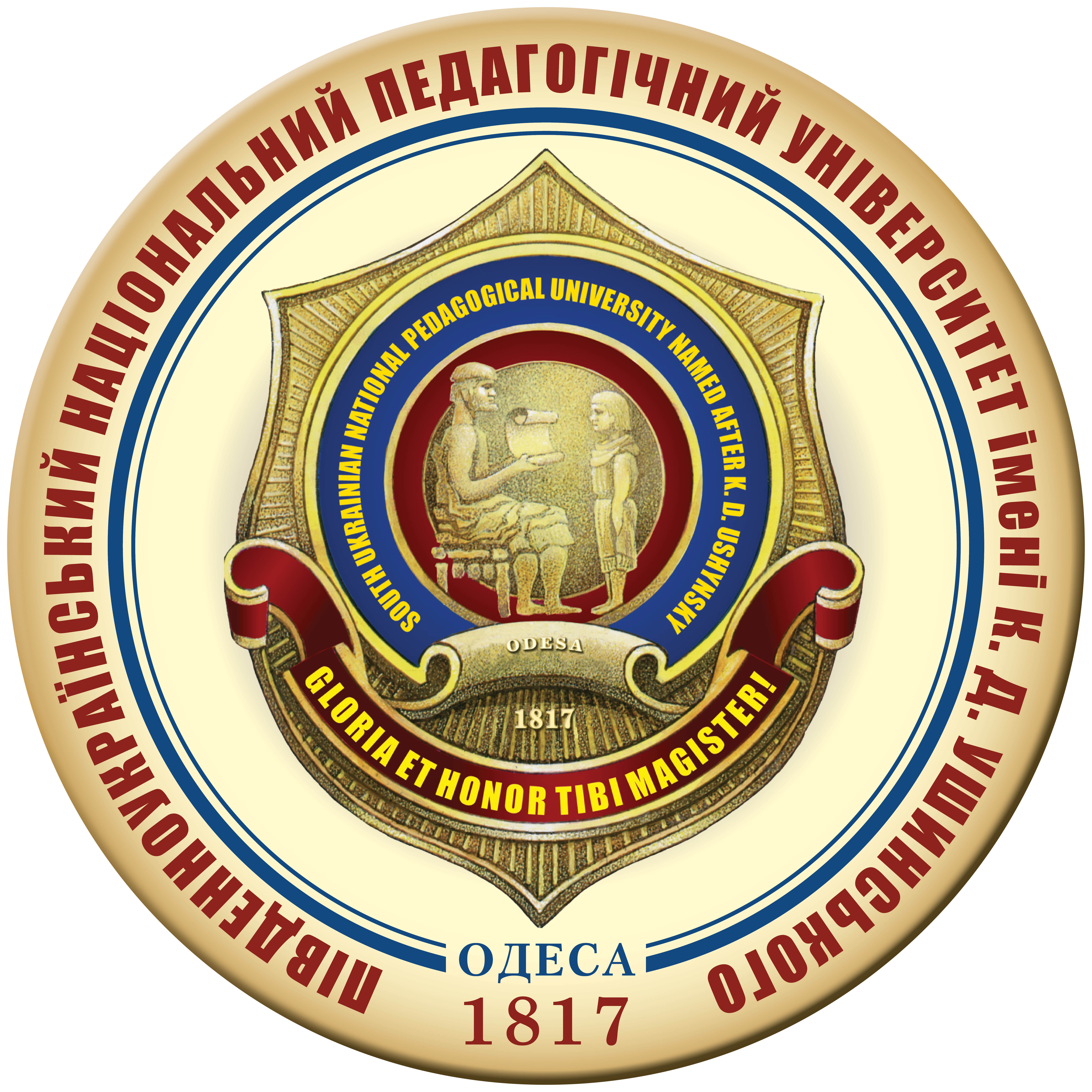PHYSICAL COMPETENCE OF CHINESE STUDENTS IN 8–9 LITERACY CLASSES IN PHYSICAL CULTURE AND SPORTS
DOI:
https://doi.org/10.24195/olympicus/2024-2.25Keywords:
physical culture, sports, students, competence, literacy, physical fitness.Abstract
The urgency of the problem. Analysis of the problem field made it clear about the importance of implementing improved school physical education programs to ensure the healthy growth and wellbeing of Chinese school-aged children. Literacy assessment in physical culture follows the approaches offered by various national level organizations or academic schools. Literacy is studied for various purposes, including to better understand how children and youth, parents and teachers understand this phenomenon; to understand the level of literacy of the population, general trends and problems, as well as requests of the population, identification of best practices and educational programs; for evaluating the effectiveness of educational programs in quantitative terms; to track progress. The relevance of the topic emphasizes the need to transform the existing physical education curriculum with an emphasis on increasing the time for moderate and high physical activity in the educational environment at school; creating intra-school opportunities for students to participate in physical activity. Physical literacy assessment itself is an important approach to comparing results at the national level. The aim of the study is to determine the physical competence of Chinese students of the 8th–9th grades of literacy in physical culture and sports. Research methods – analysis of special literature on the research problem; physical fitness testing; methods of statistical data processing. Research results. The article examines the physical competence of 8-9 grade students of the People’s Republic of China literacy in physical culture and sports. The indicators of physical fitness that interact with physical competence, which is a component of literacy in physical culture and sports, were evaluated. The assessment of the results in motor tests allows us to state that out of 55 possible points: 8th grade girls scored an average of 48.08 ± 7.49 points, 9th grade 48.57 ± 5.06 points; 8th grade boys scored an average of 45.37 ± 4.74 points, 9th grade 49.75 ± 2.73 points.
References
Ван Сяофей. Особливості організації занять школярів з фізичного виховання в Китайській Народній Республіці. Засоби навчальної та науково-дослідної роботи. 2017. № 49. С. 208–218.
Круцевич Т.Ю., Марченко О.Ю., Дєдух М.О. Сучасні підходи до формування індивідуальної фізичної культури учнівської молоді в процесі фізичного виховання. Теорія і методика фізичного виховання і спорту. 2021 № 2. С. 66–75.
Трачук С.В., Ген Янь, Мамедова І.С. Досвід тестування фізичної підготовленості учнівської молоді України і Китайської Народної Республіки. Теорія і методика фізичного виховання і спорту. 2020. № 4. С. 96–100.
Трачук С.В., Ген Янь. Фізична активність учнів середньої школи Китайської Народної Республіки. Теорія і методика фізичного виховання і спорту. 2021. № 4. С. 50–53.
Складові професійної компетентності вчителів фізичної культури Китаю / С.В. Трачук та ін. Теорія і методика фізичного виховання і спорту. 2022. № 3. С. 59–63.
Deng F., Li, Y., Wang Y., & Yang Y. Developing Physical Literacy in China: A Pathway for Research and Practice. Journal of Sport and Health Science. 2019. № 8 (6). Р. 485–486.
Francis C.E. The Canadian Assessment of Physical Literacy: Development of a Model of Children’s Capacity for a Healthy, Active Lifestyle Through a Delphi Process. Journal of Physical Activity and Health. 2016. № 13 (2), 214–222.
Fuster V., Rebato E., and Rosique, J. Physical activity related to forced vital capacity and strength performance in a sample of young males and females. Phys. Act. Strength Perform. 2008. № 1. Р. 53–60.
International Physical Literacy Association. The definition of physical literacy UK 2017. URL: https://www.physical-literacy.org.uk/
Liu Y., Chen S. Physical literacy in children and adolescents: Definitions, assessments, and interventions. European Physical Education Review. 2021. Vol. 27 (1). P. 96–112.








